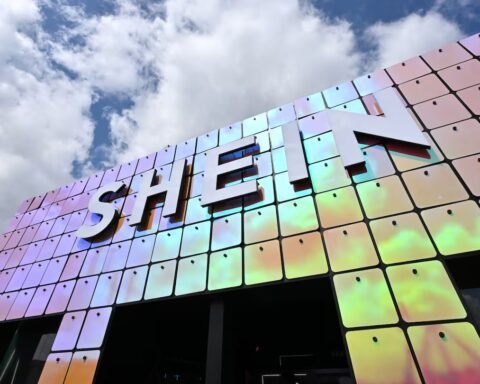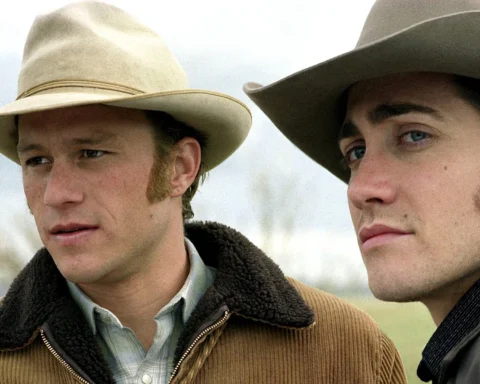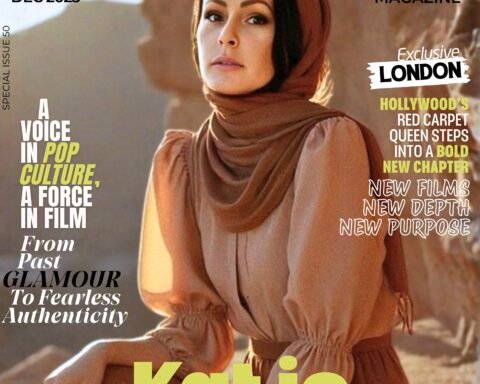In a rare and intimate encounter, sculptor Aidan Harte captures the humanity of one of Ireland’s most polarising figures, challenging decades of political taboo and cultural amnesia.
In the summer of 2023, sculptor Aidan Harte found himself in a makeshift studio on Belfast’s Falls Road, nervously arranging his tools. His subject was no ordinary sitter: Gerry Adams, the former Sinn Féin president, whose name is inextricably linked with both the violence of the Troubles and the peace that followed. To some, he remains one of Ireland’s most feared men; to others, an indispensable architect of reconciliation. Harte, who had proposed the project himself, was determined to portray him “warts and all.”
Their first meeting was unexpectedly casual. Adams arrived smiling, his famous beard framing a relaxed face, and immediately suggested coffee and a tray of local pastries, including the dark, sticky “Flies’ graveyard.” Over cake, he asked why Harte wanted to sculpt him. The artist explained that, while he held no allegiance to any Irish political party, he found Adams’ omission from the 25th anniversary celebrations of the Good Friday Agreement troubling. While world leaders like Bill Clinton, Tony Blair, and Bertie Ahern basked in accolades, Adams — whose engagement of hardliners had helped secure lasting peace — was conspicuously absent from official commemorations. Harte wanted to capture the man while he was “still on this side of Eternity.”
Arrangements were discreet, handled through Sinn Féin intermediaries. Harte travelled from Dublin to Belfast carrying clay, wire, and tools — the kind of items that might raise awkward questions from a PSNI officer. The sessions unfolded over several days, their conversation ranging from politics and history to art and even Star Trek, in which Adams dryly noted that the BBC had once banned an episode predicting Irish reunification in 2024. Harte had come prepared with a clay skull to expedite the process, gradually building the likeness while searching for something deeper: humanity rather than flattery.
For Harte, the portrait was also a cultural statement. He laments the near-total absence of the Troubles from contemporary Irish art, especially in the Republic, where decades of censorship and cultivated detachment rendered the North almost a foreign country. While British and international productions have explored the conflict — from Steve McQueen’s Hungerto Lisa McGee’s Derry Girls — southern Ireland’s artistic establishment has largely avoided the subject. Harte sees this as a denial that impoverishes national culture, replacing honest engagement with displacement politics and moral posturing about foreign causes.
When Harte’s portrait of Adams was finally exhibited at The Kilkenny Portrait Show, it was the Irish public’s first opportunity to see beyond the political caricature. The sky, he notes, did not fall. Yet institutional resistance remains strong; the same forces that kept Adams off the Good Friday anniversary stage are reluctant to acknowledge his humanity in art.
One moment from the sittings stayed with Harte above all others. Near the end of a long session, Adams slouched slightly. Harte, focused on accuracy, told him to sit up straight. Adams apologised: “That shoulder sags a little when I get tired. That’s the one they shot me in.” It was a quiet reminder that the Troubles had scarred everyone it touched — civilians, soldiers, and leaders alike.
Whether Adams lives to see his portrait installed alongside Ireland’s political greats remains uncertain. But Harte’s work ensures that the man, with all his contradictions, is preserved in more than just the words of history — he is rendered in clay, caught between myth, memory, and the complex truth of a peace hard-won.









